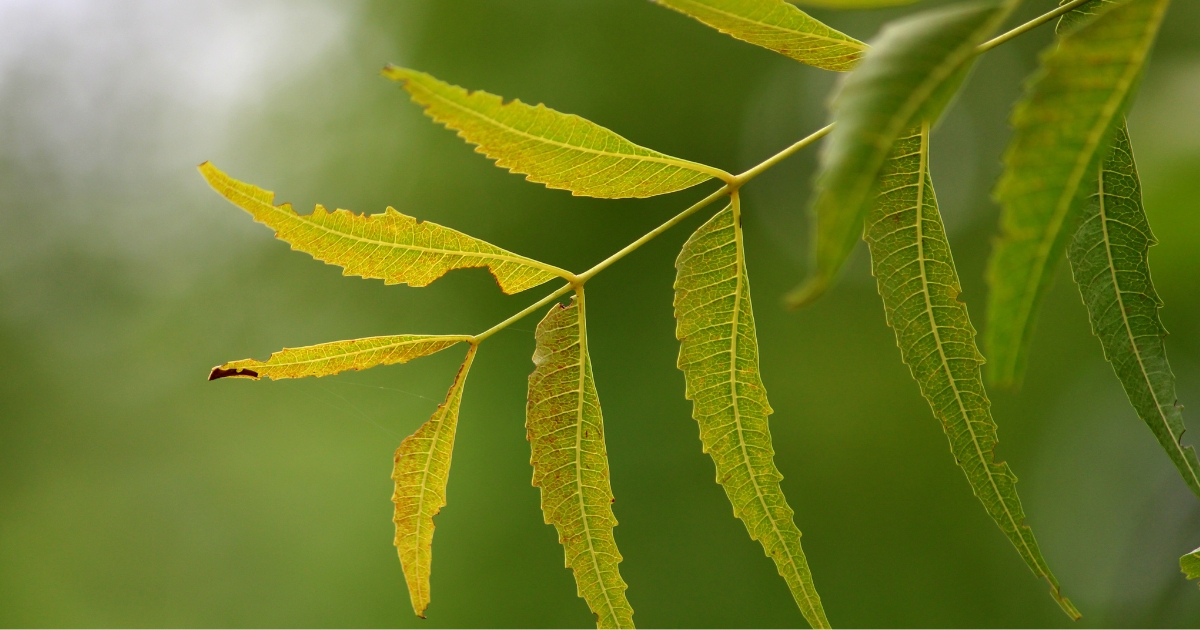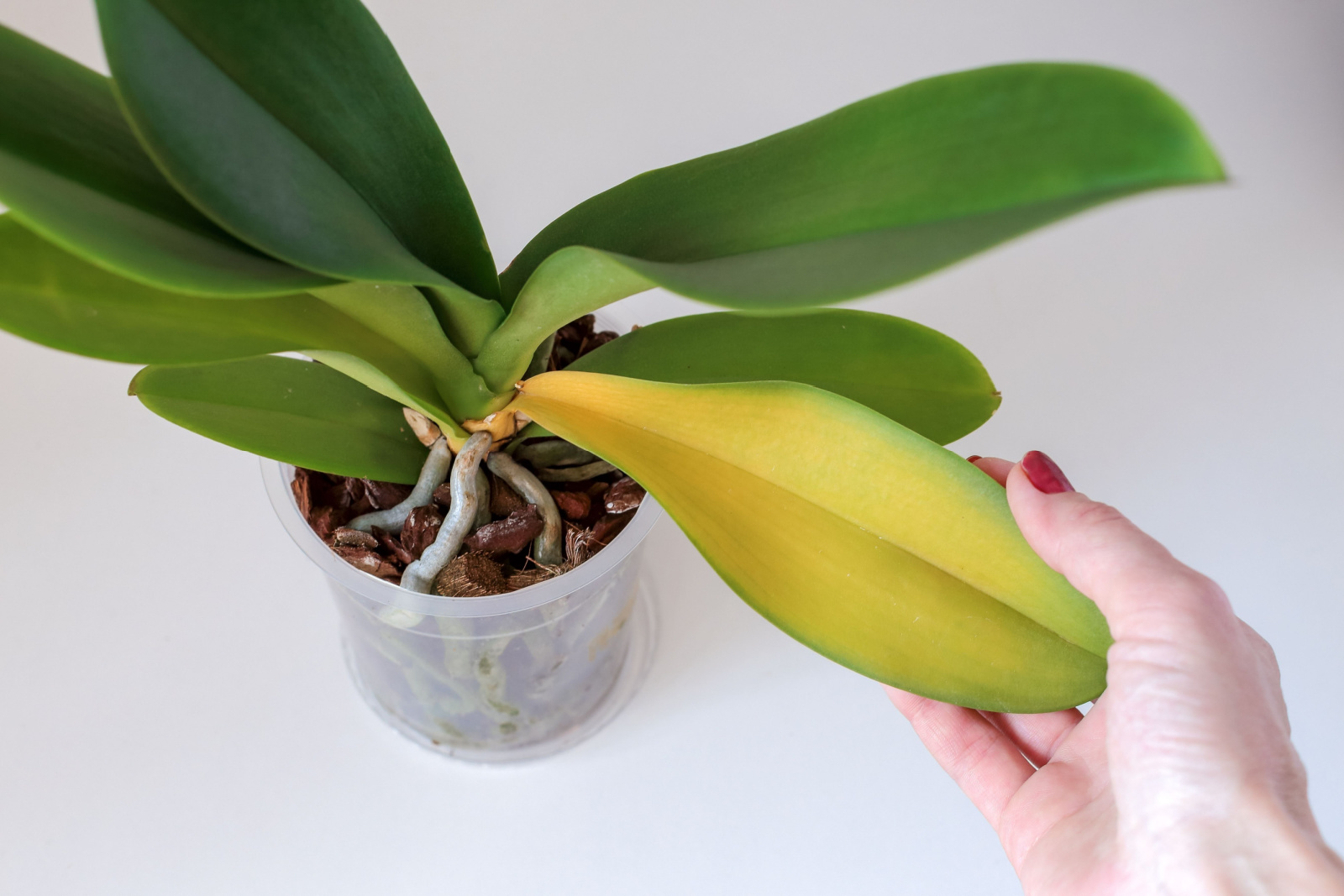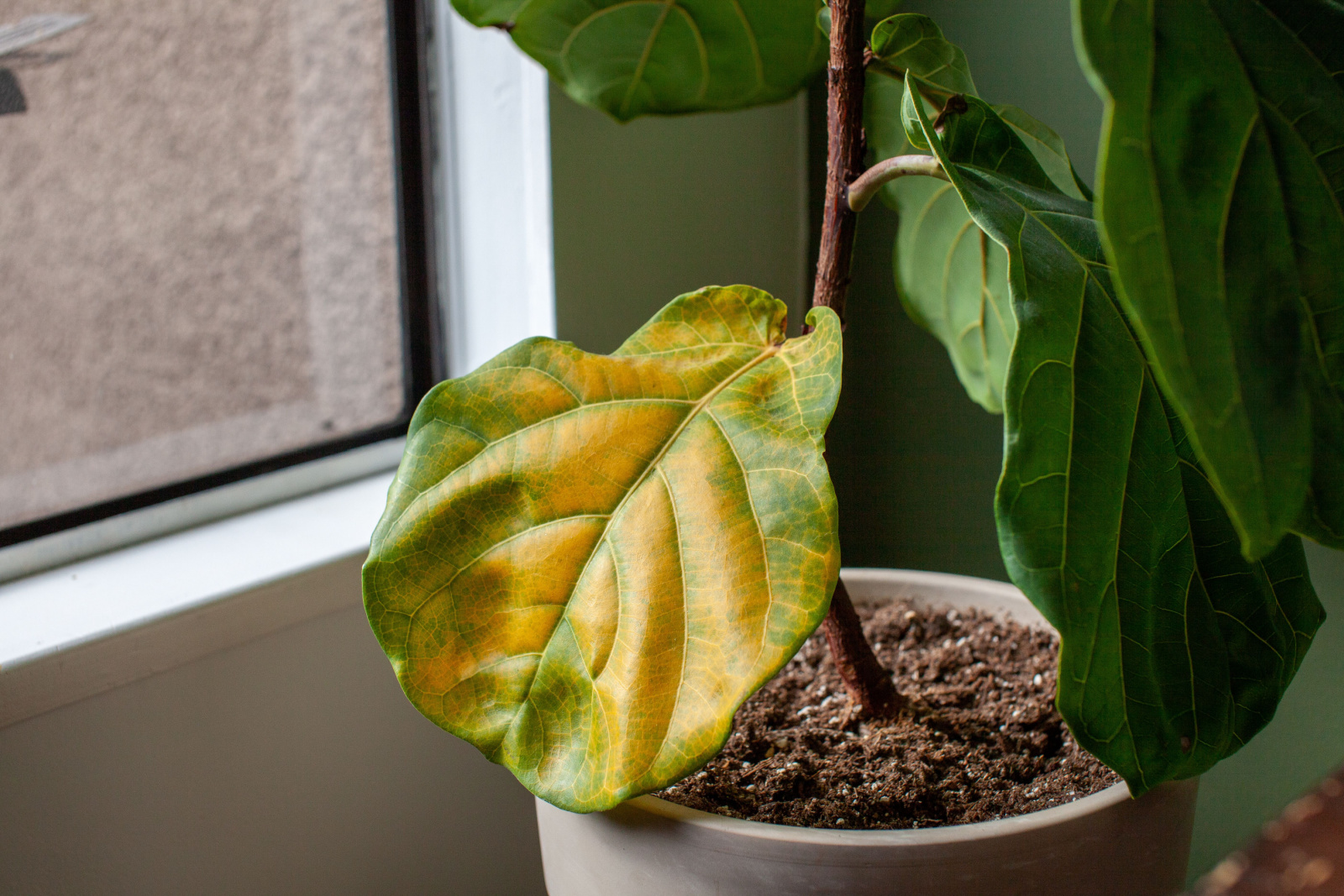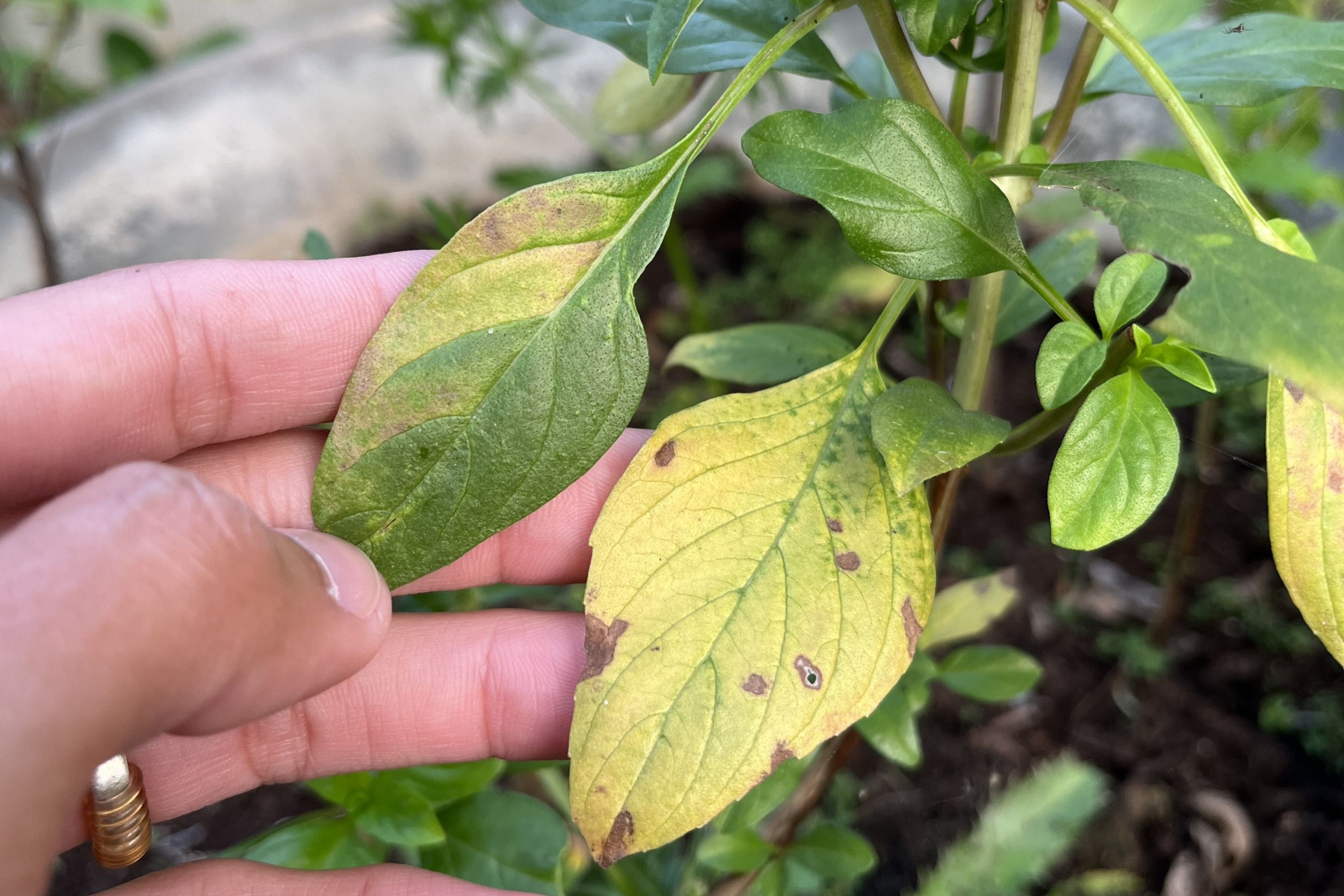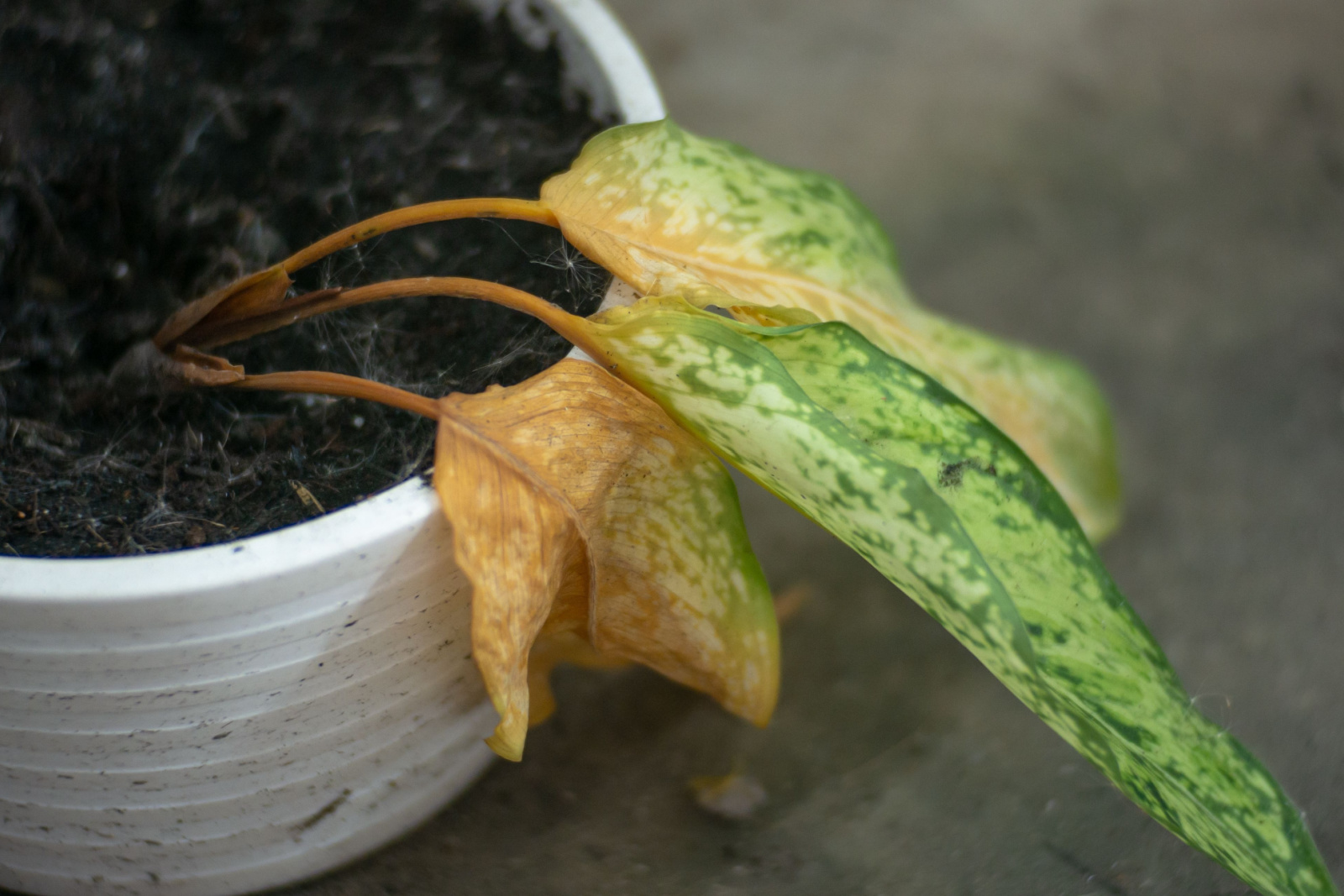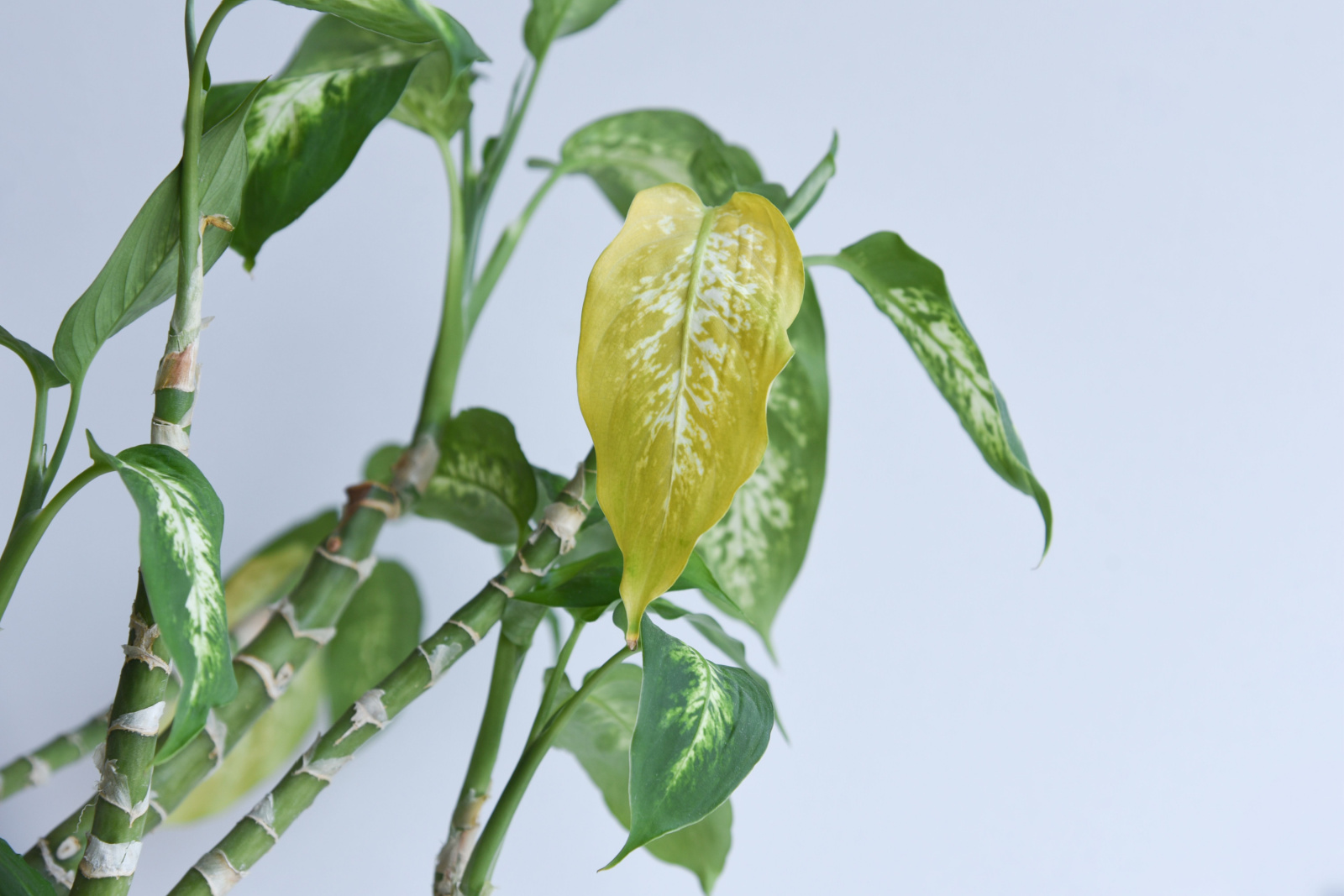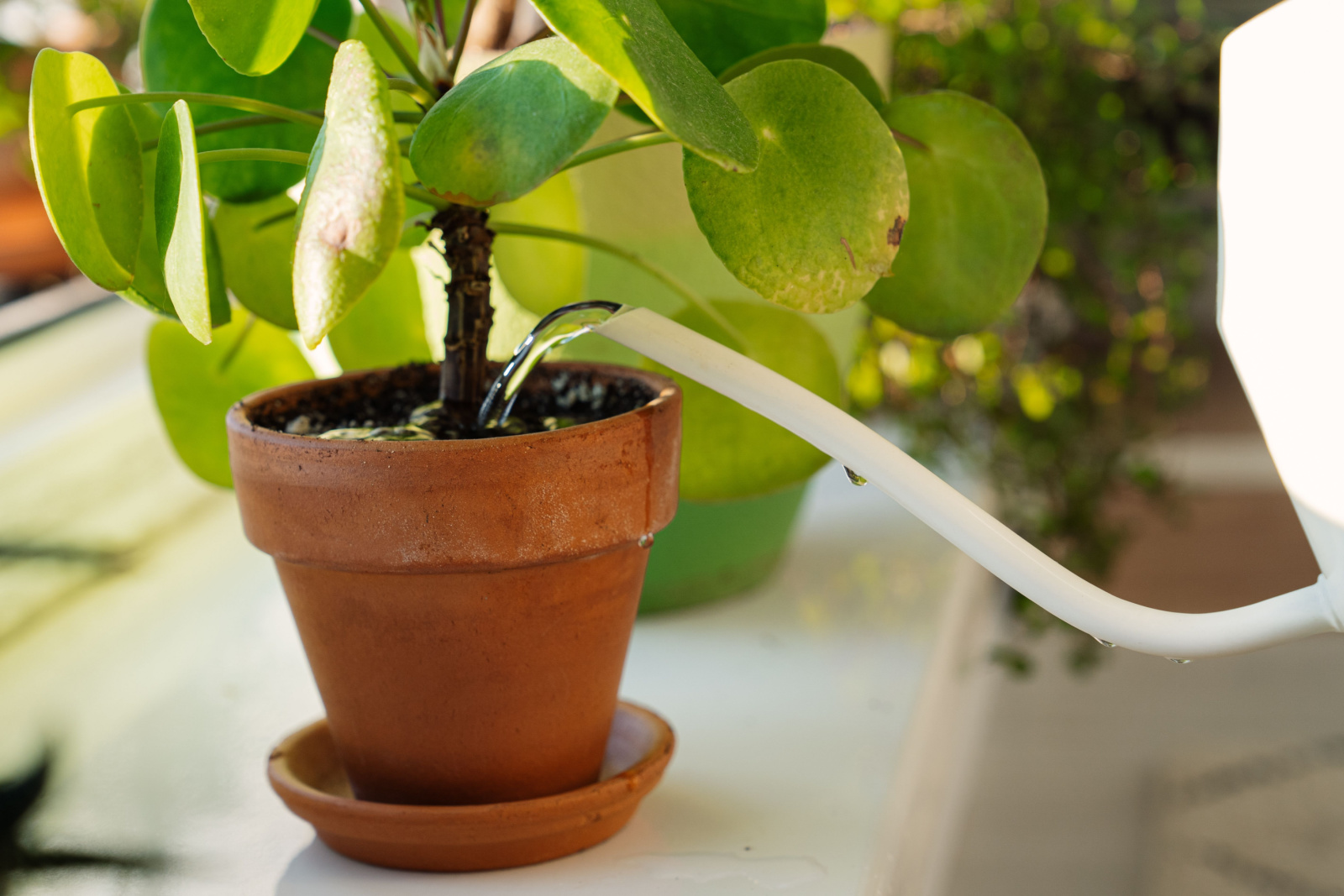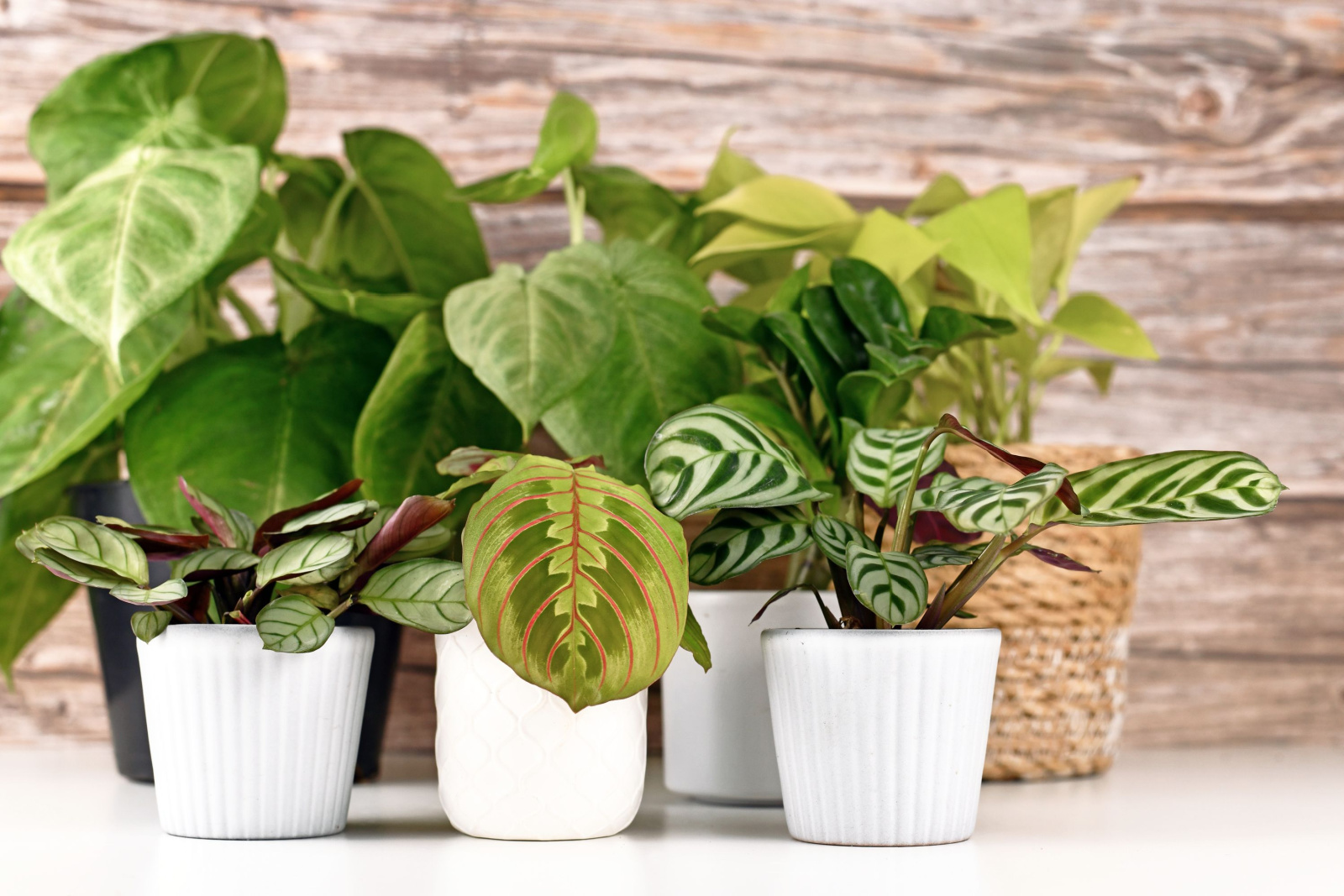I know that it is completely devastating when you spot yellow leaves on your new plants. It can be concerning to see this change in color, as it often indicates that something is not quite right.
Yellow leaves can mean a lot of things, such as nutrient deficiency, pest infestations, or inadequate watering. It is important to get to the bottom of the issue in order to fix it.
Trust me, your plant will look better than ever once you figure out what’s causing the yellowing of the leaves.
In this article, we are going to explain the main causes of yellowing leaves, and provide some helpful tips to solve the issue.
The Main Causes Of Leaves Turning Yellow
Sometimes leaves turning yellow might be your fault. For instance, if you don’t follow a proper water regimen, then your plants will find a way to tell you that they are not okay with it.
However, sometimes the issue might be something else, such as pest infestation, and you have to do something completely different in order to nurture your plant back to health.
Don’t worry, you will figure it all out. So, let’s discuss this in a bit more detail!
Inadequate Watering
In most cases, inadequate watering is the main reason why the leaves of your plants turn yellow. If you are giving your plants too much water, the soil will become waterlogged, which prevents the roots from normally absorbing oxygen. So, the roots will slowly suffocate in the soil.
Overwatering is often accompanied by root rot, which is a fungal disease that can completely ruin your plant.
On the other hand, if you are not giving your plant enough water, dehydration and nutrient deficiency might cause the leaves to turn yellow. So, both overwatering and underwatering can lead to yellow leaves.
Just try to remember the last time you watered your plants, and you can also feel the soil to figure it out – if the soil feels bone dry, then you should water it.
If the soil is moist, then you should postpone watering for a few days. You should also check the roots for root rot – simply take your plant out of the pot and see if there are any rotting roots. If so, remove them and transplant the plant into fresh soil.
Check out this article if your lucky bamboo is turning yellow, then check out: Lucky Bamboo Turning Yellow? 11 Reasons And Solutions
Pests Or Diseases
Sometimes the issue might be a third party – annoying pests like aphids or spider mites. These critters weaken the plant and cause discoloration. Likewise, diseases like fungal infections or bacterial issues can also lead to yellowing foliage.
You can blame these critters if you see brown or black spots on the leaves along with the yellowing. They can also damage other parts of your plants. For instance, my orchid stem turned yellow because of pest infestation.
Improper Lighting
Improper lighting conditions can also lead to yellow leaves. Most plants, specifically tropical plants, have specific light requirements; and if their needs are not met, it can result in yellowing or even scorched leaves.
In most cases, too much sunlight exposure turns the leaves yellow. If they are exposed for a longer period of time, they will turn brown and crispy. If the issue is low light, then the leaves will probably look paler than usual.
Fertilizing Issues
Plants also need specific nutrients in order to grow and thrive. Nutrient deficiencies or imbalances can manifest as yellowing foliage, indicating that the plant is not receiving the necessary nutrients to thrive.
This often happens if your plant lacks nitrogen, magnesium, or iron. Adjusting the fertilization routine or using appropriate plant food can help address this problem.
If you want to make your own fertilizer, then check out how to make a banana peel fertilizer.
How To Fix Yellow Leaves
All is not yet lost and there is still some time to fix your plant. First, investigate the plant and figure out what is the main cause. Maybe you have to water your plants less, or maybe more?
Or maybe you have to go to the store and get some pest control?
Nonetheless, let’s see the solutions!
Follow The Right Plant Care
Every plant has specific requirements. If you are not providing your plants with the best growing conditions, they will find a way to show their discomfort. For example, most tropical plants like Monsteras need warm temperatures, indirect light, a lot of nutrients, and high humidity.
On the other hand, plants like Snake plants and Cacti can thrive in dry conditions with low light exposure.
So, when you get a new plant, do your research and figure out what are the best growing conditions for it. Stick to that plant care religiously!
Consider Pruning Your Plant
Yellow leaves could be a sign of overgrowth or nutrient deficiencies. Pruning your plant can help remove dead or dying foliage and stimulate new growth. Trim away any yellowed or damaged leaves, branches, or stems to promote healthier growth.
Read also: Prune Your Rosemary Like A Pro With These Expert Tips
Get Rid Of Pests
We already mentioned that pests can cause significant damage to plants, leading to yellow leaves. Inspect your plants carefully for any signs of pest infestation, such as aphids, mealybugs, or spider mites.
If you identify pests, take appropriate measures to eliminate them. You can either use organic options such as applying neem oil, or you can simply go and buy pesticides that will effectively get rid of them.
Be Patient
Sometimes, yellow leaves are a natural part of a plant’s growth cycle or response to environmental changes. Yellowing of the leaves can also be a result of transplant shock.
Just give your plant some time to adjust to its new environment. Soon, new growth should eventually replace the yellow leaves.
How To Prevent Yellowing Of The Leaves
It all comes down to the appropriate plant care. Do your research before you get a new plant, set the right growing conditions, and watch your plant thrive!
Make sure not to overwater or underwater your plant. Always keep an eye out for pesky pests or diseases – wilting, leaf color change, and spots on the leaves are often signs of pest infestation.
Don’t expose your plant to too much sunlight, especially if it is a tropical one that is used to growing under large trees in rainforests.
And if your plant’s leaves do start to turn yellow, don’t panic. Simply figure out what the issue is and follow our tips on how to solve it.

